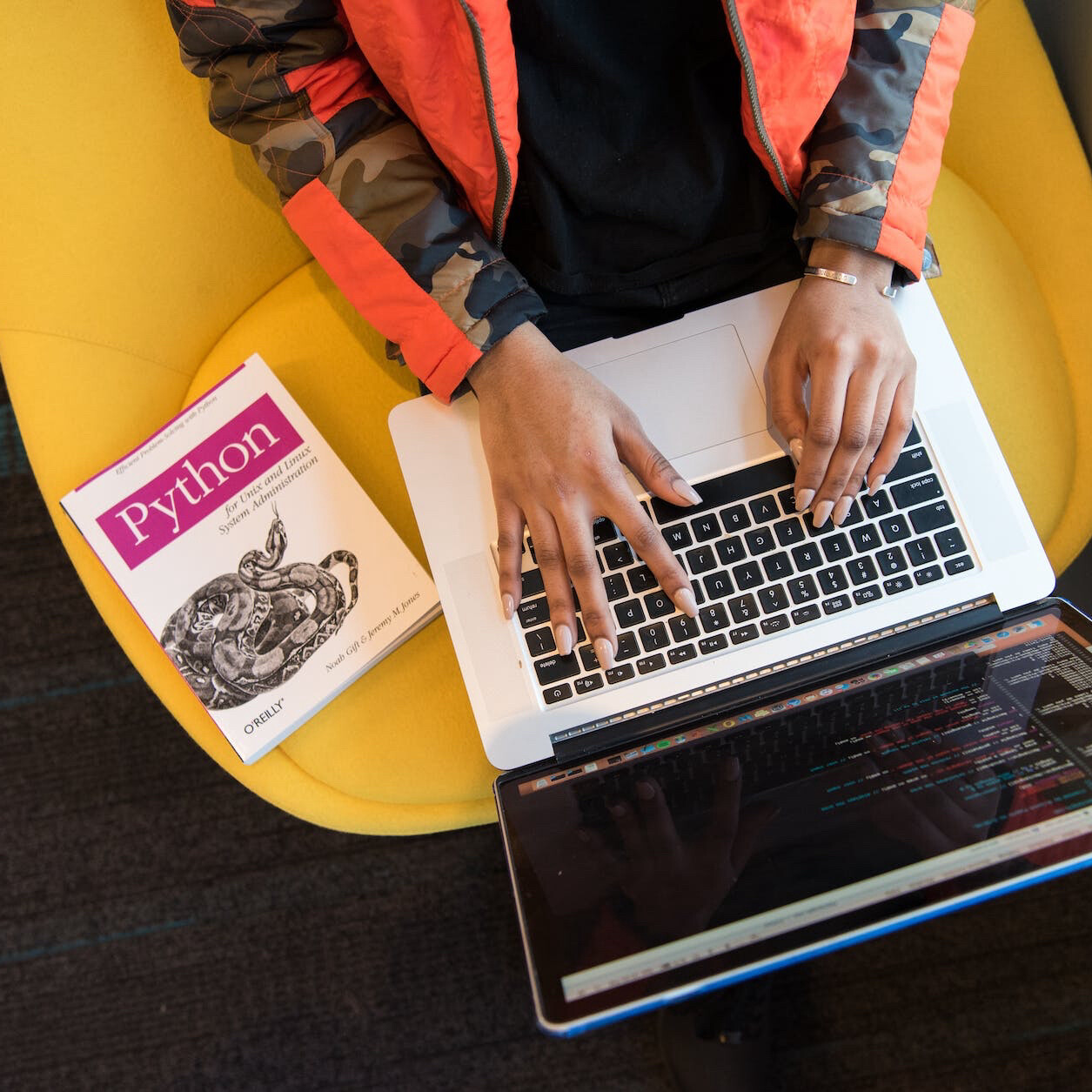- Home
- Interaction
- What’s New: Design Trends for 2015
What’s New: Design Trends for 2015
2015 is rapidly approaching – everyone is scrambling to complete final reports and projects, excitedly anticipating the fresh opportunities that surge in with the new year. We know that staying ahead of the curve and moving with the ebb and flow of design is important, so we did some of the heavy lifting for you – with a compilation of the most popular and talked-about approaching movements and design trends.
Without further ado: 9 trends that will be prevalent in the upcoming year, as theorized by designers.
Animation
Bringing websites to life with technologies like HTML5 and WebGL – even something as simple as using a slight animation when scrolling through a website, something to catch the users’ eye. This technique is effective, as long as it isn’t overdone.

Interactivity
Creating an interface that can include sliders, and other authoring tools to create an experience that involves a maximum amount of interaction between the user and the activity. Ensuring that the viewers are absorbing themselves in content and becoming more involved in the experience – heightening emotional connection.
Video
As it appeals to the human eye, video will continue to play a more significant role in the visual storytelling and brand voice – designers believe that video will become the most notable piece of content on a website as well as a part of the background element.
Material Design
The design language developed by Google is emphasized for 2015 – a clean design involving grid-based layouts with responsive animations and transitions, as well as depth elements like lighting and shadows. Material Design has “physical surfaces and edges,” which lends depth and provides information about what can be touched.
(Responsive) Typography
Designers are excited about the change in typography from the chunky feel to a sleeker, slim and delicate feel to type. This trend is predicted to extend into logo design, enabling a simply clean and timeless look…classic.
SVG (Scalable Vector Graphics)
Two-dimension graphics that support interactivity and animation. When expanded, the image preserves the shapes and enhances clarity (while the dots that make up .jpegs and .pngs are revealed when enlarged), displaying the limitations of other formats.
RWD
Another on our list of design trends include RWD. With the increasing usage rates of smartphones, phablets, tablets and varying desktop screen sizes, responsive web design is no longer a luxury – it is expected and needed.
Minimalism
Creating a beautiful interface without the distractions that could sway the viewers’ attention from the real purpose of the site – because who’s going to pay attention to what you have to say when they can scroll through and admire all of the intriguing designs? Simplicity is crucial.
Content
Getting the message of the brand across without the distractions of surrounding designs – telling the story effectively, not only about “fluff” and aesthetics.
Now that you have been ‘primed’ for the year ahead in design, seize the opportunity to get a running start. Of course, as with all innovation – there is always a steady stream of problems to be solved, creating a constant flow of ideas and new developments.
Next Item
Lifecycle of a Startup

Related Articles
Crafting the Perfect Call to Action
December 19, 2023

